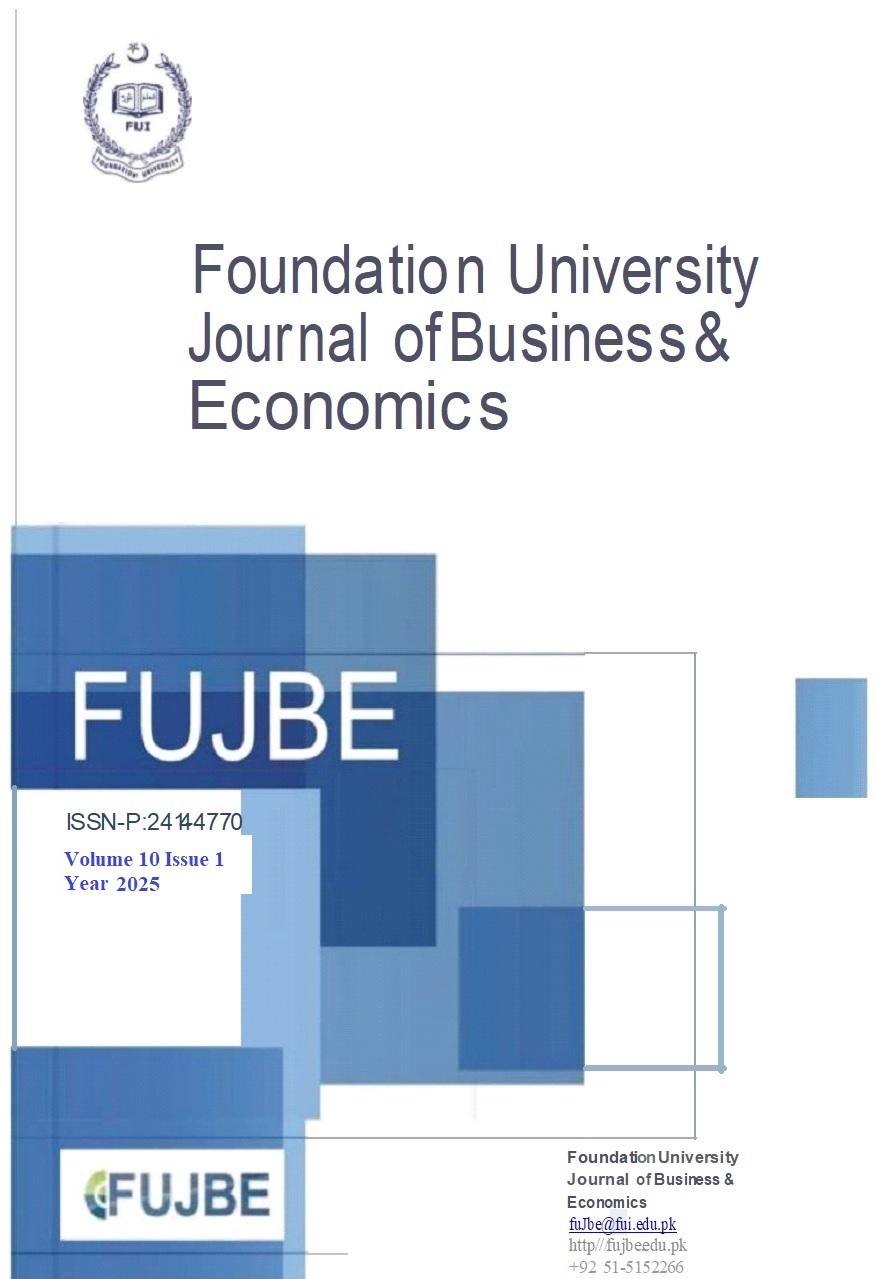Impact of Financing Modes on The Financial Performance of The Islamic Banking System in Pakistan
Keywords:
Islamic Financing Modes, Financial Performance, Murabahah, Diminishing Musharakah, Running Musharakah, Ijara, Salam, Istisna, Sukuk.Abstract
The purpose of this research was to observe the impact of financing modes of Islamic Banks on their financial performance i.e. Return on Assets, Return on Equity, and Default Ratio. Secondary data was collected from the annual financial statements of selected full-fledged Islamic Banks of Pakistan for the last 10 years from 2011 to 2020. Aside, SBP Policy rates from 2011- 2020, have also been included as a control variable. The logic behind the selection of this period was that the first decade from 2000-2010, is considered the development phase for Islamic Banks whereas during the selected period Islamic Banks have grown into independent institutions and captured handsome market share both in terms of amount & branch network. Accordingly, the variables were tested using Generalized Least Square Regression Analysis (Random and Fixed Effect Model) and the results are
presented. According to the findings of this research, Murabahah (MF), Istisna (ISF), and Private Sukuk (PS), are having significantly positive impact on Return on Assets (ROA) and Return on Equity (ROE) while Istisna and Private Sukuk financings are having a significantly negative impact on Default Ratio which suggest that increase in both these financing are causes no increase in default. These findings have led to the recommendations that above said financing modes are having a significantly favorable impact on the financial performance of Islamic Banks. Therefore, the management of Islamic Banks needs to prioritize their investment towards Murabahah, Istisna, and Private Sukuk, as they are yielding better results which will contributes more towards their financial performance and ultimately towards the economy.



